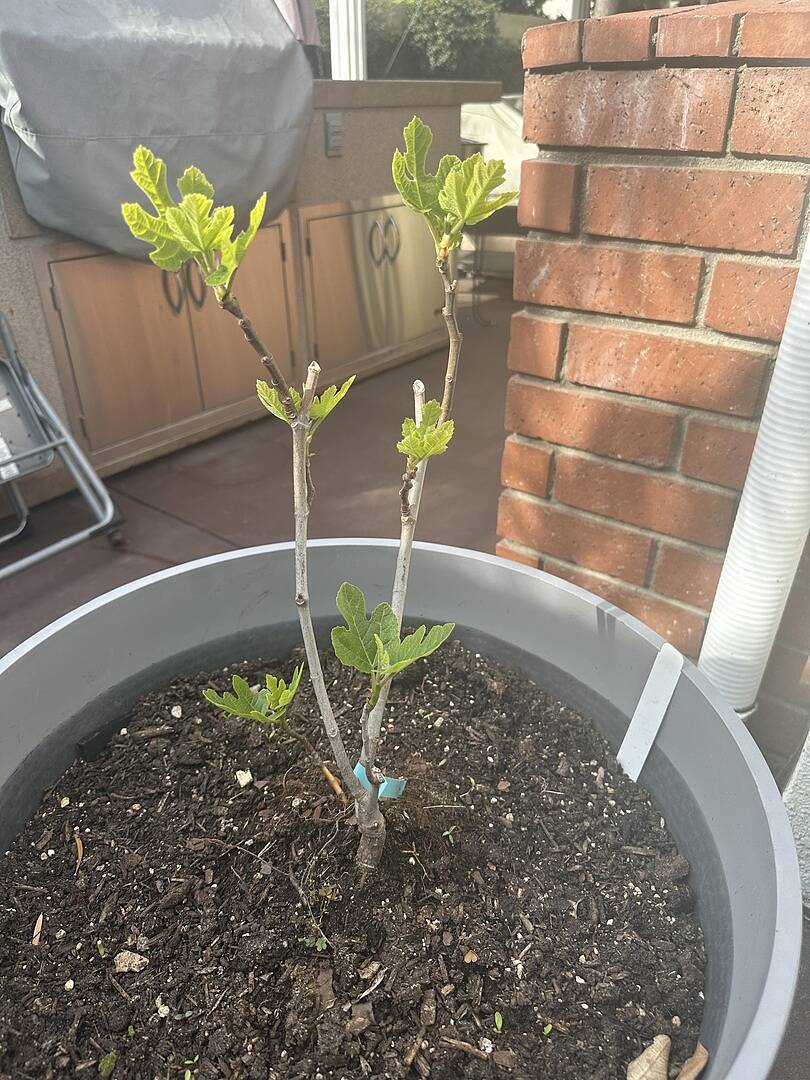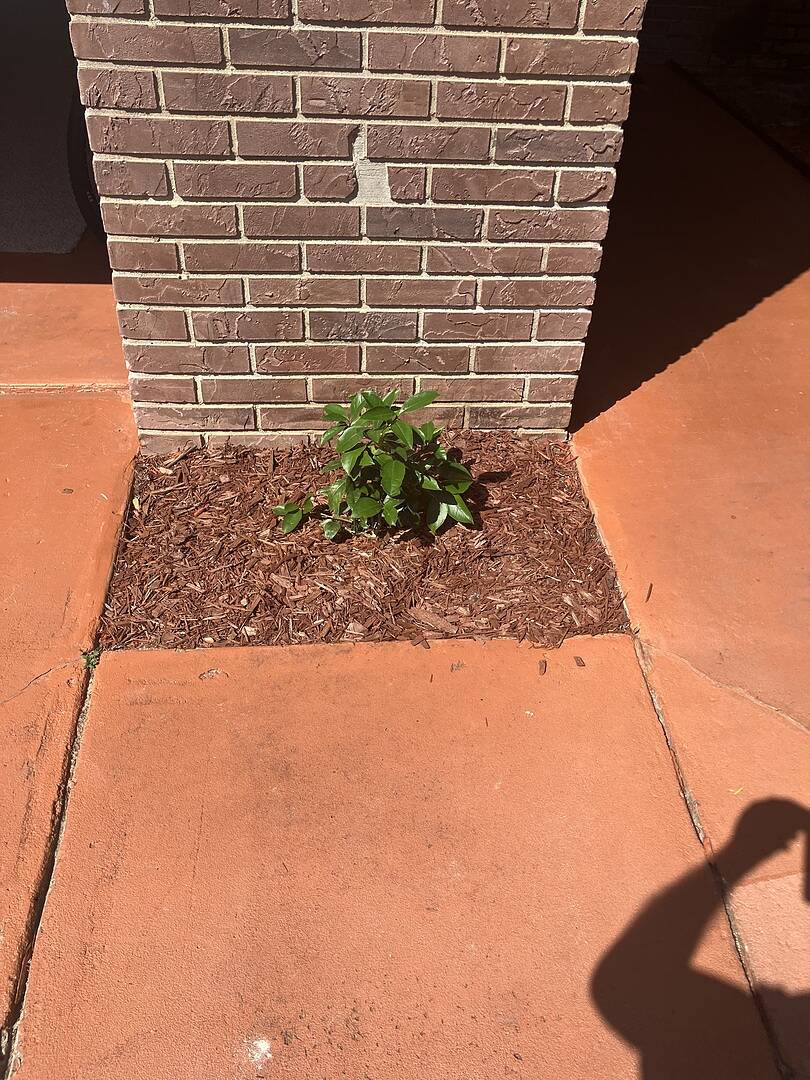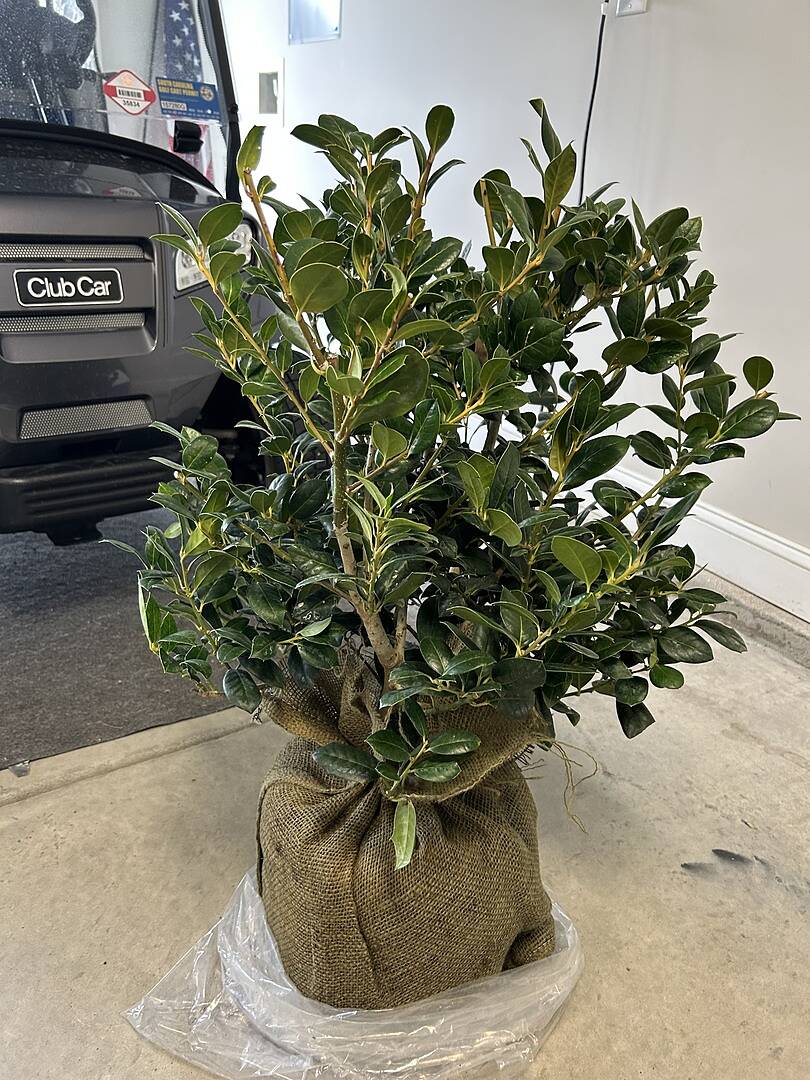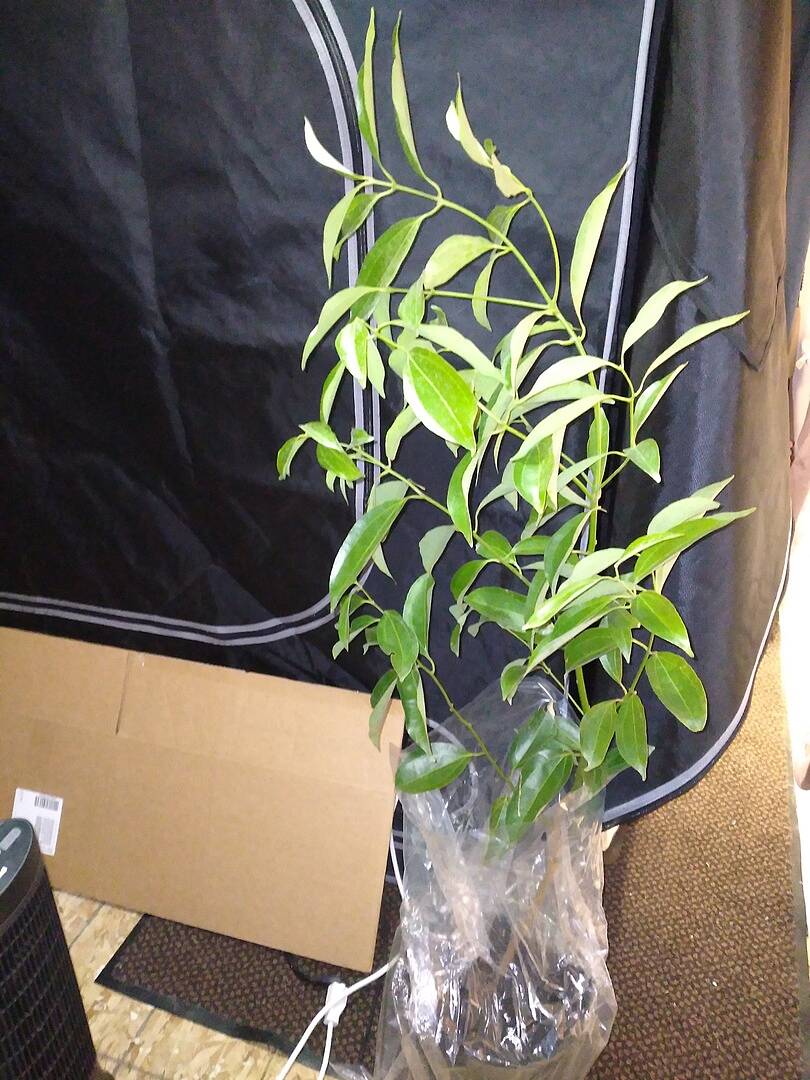Fig Trees
Only items for my growing zone
Zone -
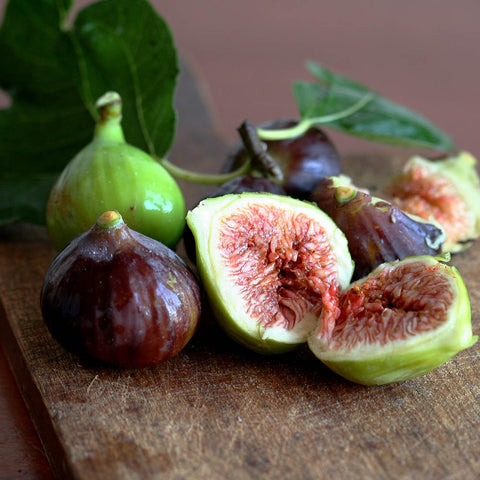
First to fruit with multiple harvests a year.
| Type of Fig: | Celeste Fig |
| Growing Zone | 7-11 outdoors |
| Harvest | July to August |
| Year to Bear | First year |
| Annual Growth | 3 feet |
| Spacing | 10 feet |
| Full or Partial Sun | Full Sun: 6 to 8 hours |
| Characteristics | Also known as the Sugar Fig. Small to medium-sized fruit with a sweet flavor comparable to candy. Brown and violet skin with a strawberry pink flesh. |
| Type of Fig: | Black Mission Fig |
| Growing Zone | 7-10 outdoors |
| Harvest | June to September |
| Year to Bear | First year |
| Annual Growth | 2 feet |
| Spacing | 3 to 5 feet |
| Full or Partial Sun | Full Sun: 6 to 8 hours |
| Characteristics | Medium-sized fruit with hints of strawberry, melon and banana flavors and a jammy dark pink textured flesh. Blackish-purple skin. |
| Type of Fig: | Black Mission Fig |
| Growing Zone | 7-10 outdoors |
| Harvest | June to September |
| Year to Bear | First year |
| Annual Growth | 2 feet |
| Spacing | 3 to 5 feet |
| Full or Partial Sun | Full Sun: 6 to 8 hours |
| Characteristics | Medium-sized fruit with hints of strawberry, melon and banana flavors and a jammy dark pink textured flesh. Blackish-purple skin. |
| Type of Fig: | Brown Turkey Fig |
| Growing Zone | 7-10 outdoors |
| Harvest | June |
| Year to Bear | First year |
| Annual Growth | 2 feet |
| Spacing | 10 to 20 feet apart |
| Full or Partial Sun | Full/Partial Sun: 4 to 8 hours |
| Characteristics | Brownish-dark purple with a sweet flavor and a light red flesh that has few seeds. |
| Type of Fig: | Chicago Hardy Fig |
| Growing Zone | 5-10 outdoors |
| Harvest | July to October |
| Year to Bear | First year |
| Annual Growth | 2 feet |
| Spacing | 5 to 10 feet |
| Full or Partial Sun | Full/Partial Sun: 4 to 8 hours |
| Characteristics | Medium to small-sized fruit that's richly flavored, with an amber-colored flesh and dark mahogany skin. |
| Type of Fig: | LSU Purple Fig |
| Growing Zone | 7-10 outdoors |
| Harvest | July to October |
| Year to Bear | First year |
| Annual Growth | 2 feet |
| Spacing | 10 feet |
| Full or Partial Sun | Full Sun: 6 to 8 hours |
| Characteristics | Purple outside with a red-colored, mildly sweet flesh. |
| Type of Fig: | Little Miss Figgy Tree |
| Growing Zone | 7-11 outdoors |
| Harvest | August |
| Year to Bear | First year |
| Annual Growth | 2 feet |
| Spacing | 10 feet |
| Full or Partial Sun | Full Sun: 6 to 8 hours |
| Characteristics | Medium-sized fruit with a sweet flavor. Strawberry red flesh and dark purple skin. |
How to Plant Fig Trees
How to Grow Fig Trees
When to Prune Fig Trees, Pollination and More
When you prune, wait until the dormant season and use sterilized clean shears. Only prune after fruiting and make your cuts at a 45-degree angle.
Because our plants are grafted, you can skip the boring part and get straight to the results. Instead of two years, you may get fruit within the first year! You’ll know your figs are ready to be harvested once they droop, soften, and change color. Unlike most fruit, figs do not ripen off the tree. So, it’s important to examine your figs first before picking.






























































